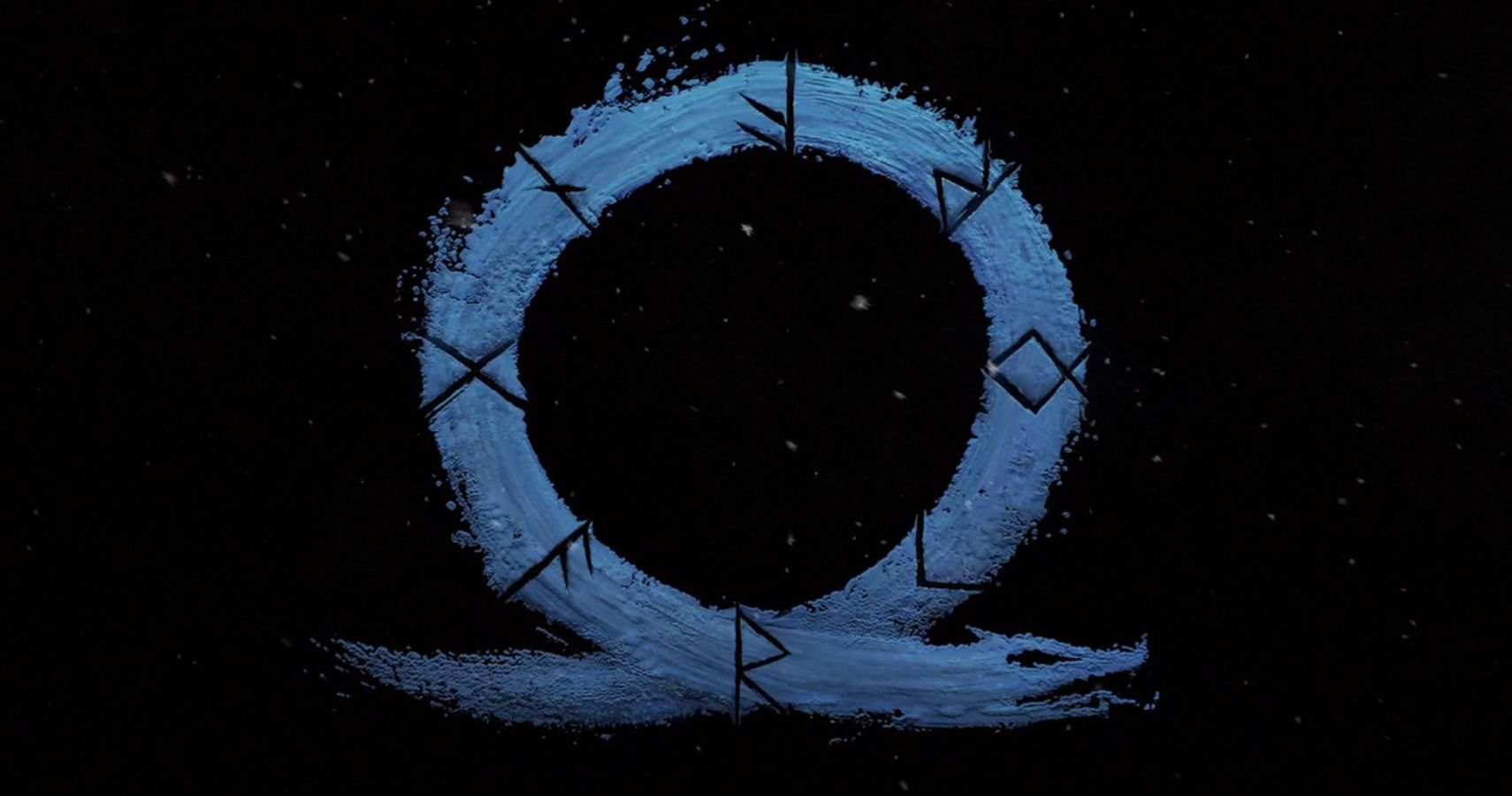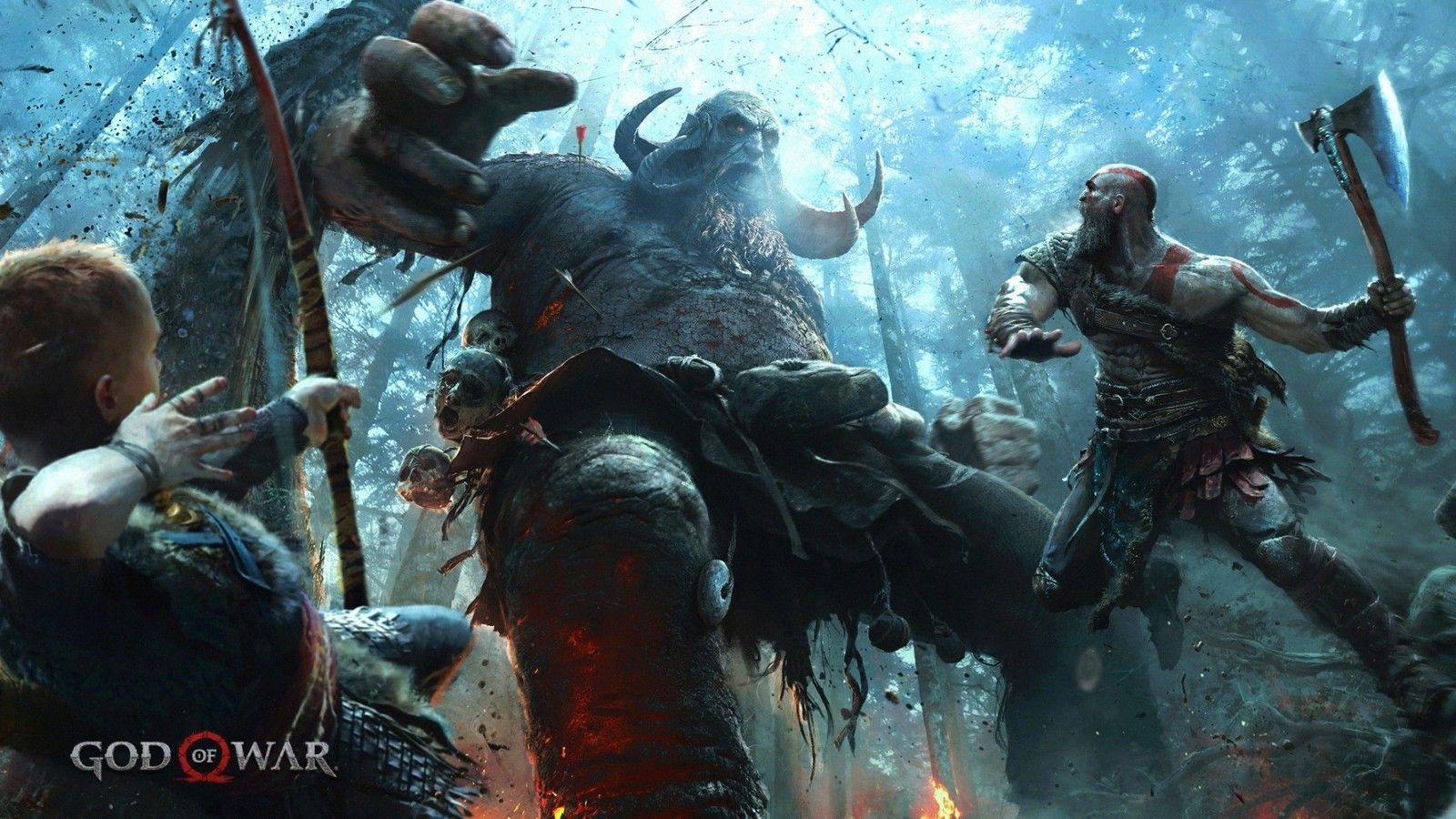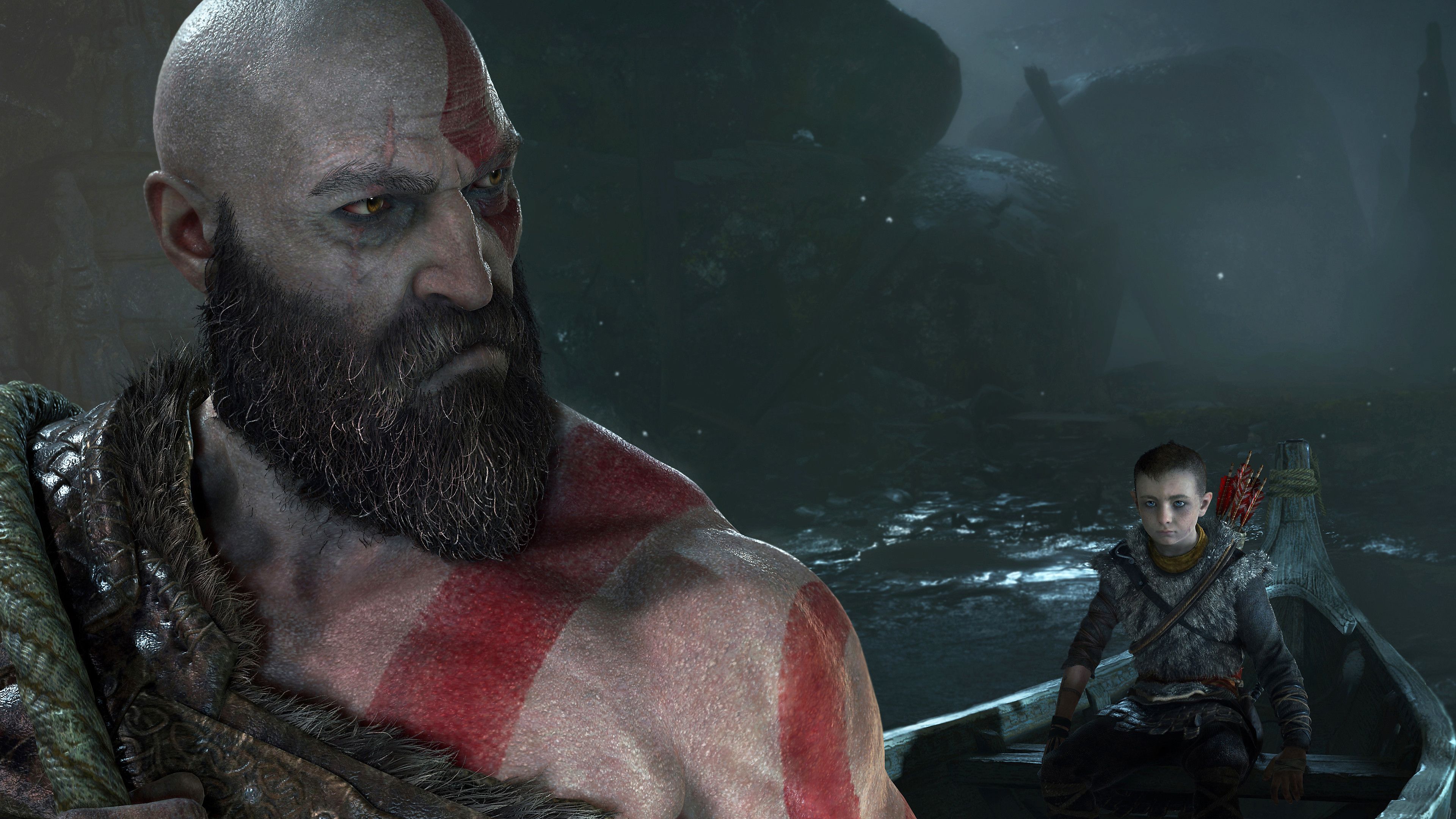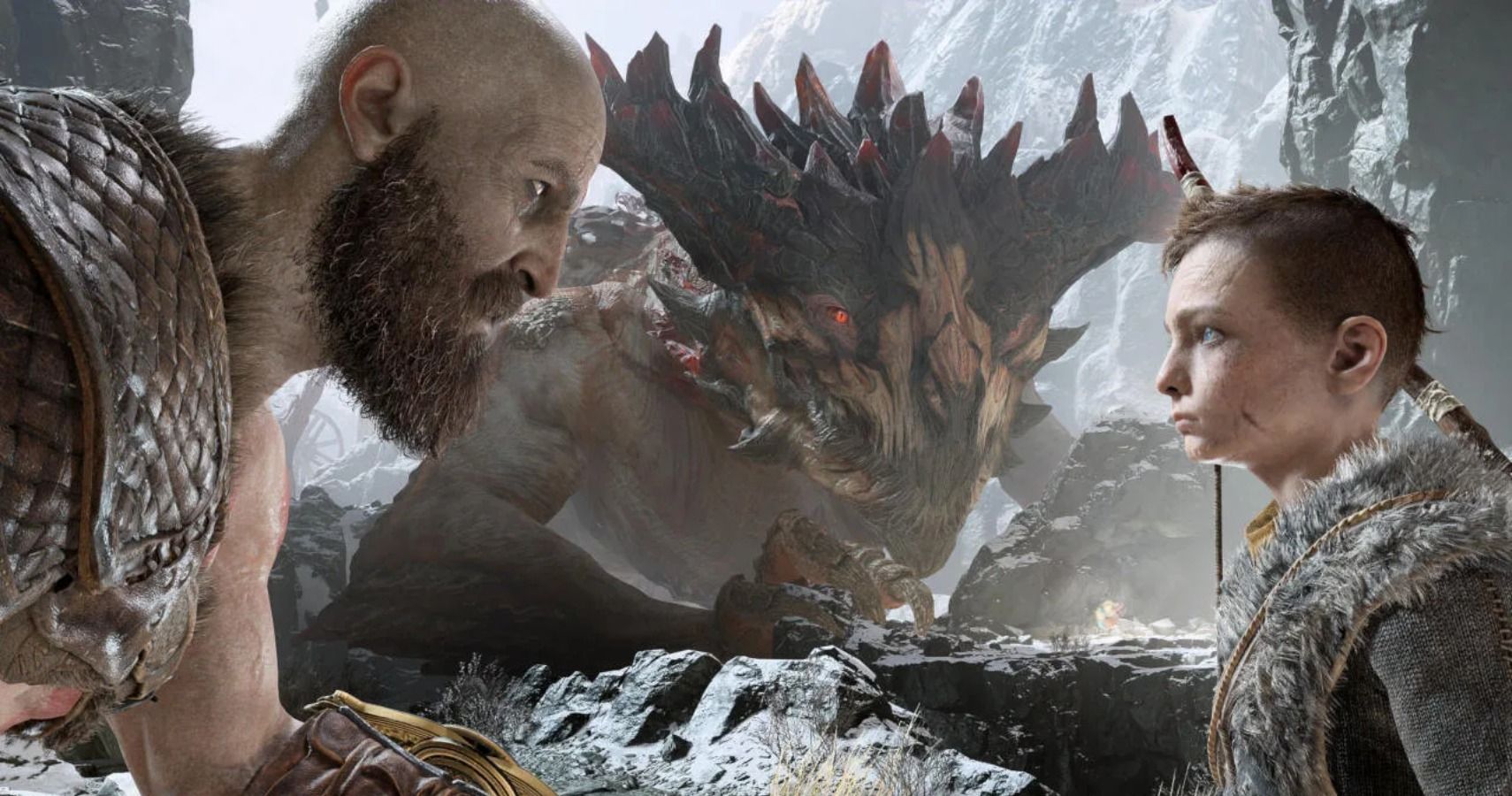Last night’s PS5 event gave us our first tease of the highly-anticipated sequel to Santa Monica Studio’s God of War. Despite its relative brevity, we can already stitch together a decent idea of what to expect because, well, books exist.
The second instalment in Kratos’ latest odyssey bears the subtitle, “Ragnarok,” referring to the Norse imagining of the end of the world — but not quite the one with evil Galadriel. Instead, it will likely draw on the significant amount of existing literature on the subject, the most authoritative of which are the Poetic Edda and Prose Edda from the 13th Century. If you can’t read Old Norse, you’re better off hitting up Neil Gaiman’s Norse Mythology, which covers all the basics in a more accessible way. Also his voice for Odin in the audiobook is the best thing to come from audiobooks since Stephen Fry’s Zeus.
There are some important concessions to make before we press on: God of War has already strayed from pre-existing iterations of Norse mythology quite liberally, and clearly isn’t a carbon copy of the stories we’re already familiar with. As a result, saying, “This is what happens at Ragnarok, so this is what will happen in God of War” is relatively pointless. Tyr’s dead, for Odin’s sake — that’s not supposed to happen for ages!
On top of that, anyone acquainted with the absurd endgame reveal will probably know exactly what I mean when I say that God of War: Ragnarok is not necessarily the same thing as Ragnarok with Kratos clocking loads of gods in the head.
*Heavy spoilers for God of War (2018) below*
Your main objective in God of War is to make your way to Jotunheim with your son, Atreus. Although lots of other stuff happens along the way — from Thor’s sons having a go at you to quite literally sailing along the wayward tides of the World Serpent’s saliva — you never lose sight of the realm of the giants. Figuratively speaking, at least — for most of the game you can’t actually see it because the way there has been hidden, which further complicates seeing God of War’s story as a direct reinterpretation of Ragnarok in the Classical sense.
Anyway, when you eventually arrive at Jotunheim to spread Faye’s ashes, and you and Atreus go to hang out at the top of loads of giant stairs, something odd happens: Atreus realizes that he has another name, and that name tilts the entire game on its Midgardian head.
Loki.
Some of you might know Loki from the MCU. Played by Tom Hiddleston, he’s Thor’s brother and is a bit of a messer. He likes stirring the pot more than being a good guy, and often oscillates between, “Sure, I’ll save the world,” and, “Actually, the world should be mine.” Loki in proper Norse mythology is relatively similar — in fact, he’s actually the person who starts Ragnarok.
You see, Loki is half-giant, and he reckons gods like his dad, Odin, and irritatingly beloved brother, Thor, are just stuck up. Sick of their shit, he recruits all his giant mates and says, “Right, fight to the death.” He calls on some of his other allies, too, including the great wolf Fenrir, who is his son, and the World Serpent Jormungandr, who is also his son. How does Loki have elephant-sized wolf and Earth-sized serpent children, you ask? Because he’s able to shapeshift, and often takes on the appearance of animals in order to a) hide from people he has just played a prank on, or b) have incredibly powerful half-god, half-vicious-animal kids.
Interestingly, the endgame reveal in God of War is actually foreshadowed earlier in the game when Atreus tells his god-battering dad that he would love to be able to transform into animals. It may seem like the idle musings of a child who wants to be a tiger when they grow up, but actually, it taps into an aspect of Loki’s character that could hypothetically play a huge part in the story to come.
Anyway, back to Ragnarok. Loki is supposed to die after a particularly hectic scrap with Heimdallr, during which each god mortally wounds the other. This is what happens in the original Ragnarok stories — but again, God of War has already veered way off of the usual trajectory for this sort of thing. Kratos isn’t even a Norse deity — he’s the divine personification of strength in Greek mythology, and is only here because he ran out of Olympian gods to kill in his last trilogy.
This also has to do with the crux of what's to come, though. After Atreus discovers that his name is actually Loki, Kratos sees a mural of himself. Except it’s not a nice mural — it’s a mural of him dying with Loki standing over him. Whether Loki himself dealt the blow or is in mourning after defeating an unseen assailant moments too late is unclear, but what is clear is this: Kratos dead.
This throws a real spanner in the works, to be honest, because Kratos is our main protagonist and is also not even supposed to be here. He’s somehow woken up in the wrong mythological cycle. His presumed death at Ragnarok — presumed because maybe he’s saved by some deus ex machina, the Greek term for “god out of the machine,” or, “the only way for this to make sense is magic” — is obviously preceded by events that don’t occur in the Poetic Edda or Prose Edda. Given that Tyr, Magni, and Modi are already dead, Fenrir and Hel — Loki’s daughter, but a normal one, not an animal — are missing, and Kratos has just decided to waltz in to Midgard for some reason, this is nothing like the Ragnarok we know and love.
But what we do know is that the Kratos and Thor clash teased at the end of God of War is definitely going to happen, because Thor likes gods and Kratos hates them. Similarly, Loki is destined to fight alongside the jotunn, because he’s half-giant on his mam’s side. So what we have is something similar to the original story, except the Aesir side has less gods and your side has an extra hulking Greek personification of war and brutality. It evens the odds a little bit.
God of War: Ragnarok launches exclusively for PS5 in 2021. While we don’t know exactly what it entails, hopefully the explanations above help you contextualize it a bit. Basically, reading up on Ragnarok is better than not reading up on Ragnarok, but it’s not going to provide you with some magical foresight, either.
As a means of really hammering this home — in God of War (2018), Loki’s son, Jormungandr, can wrap his snakey body around the entire world, and Atreus is a 10-year-old that’s still four foot nothing. Obviously something weird is going on.




